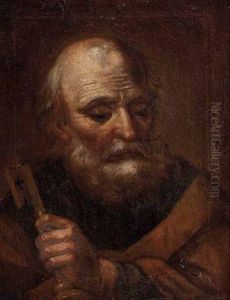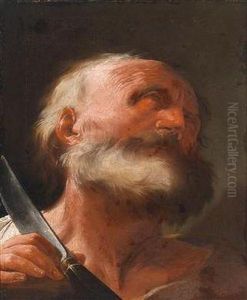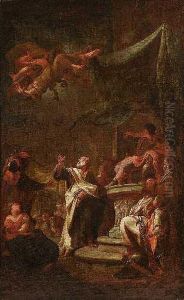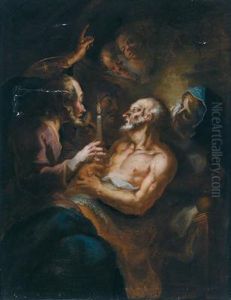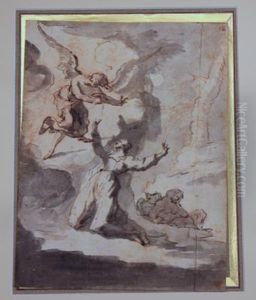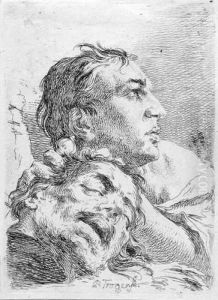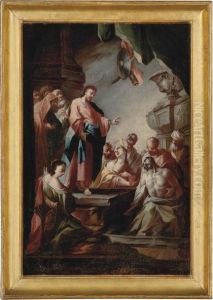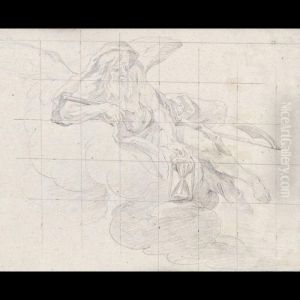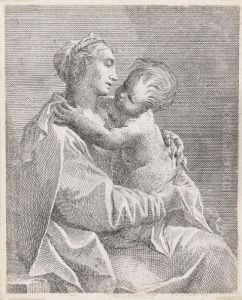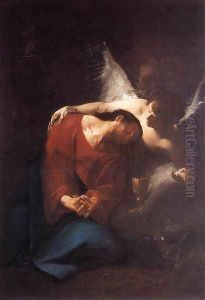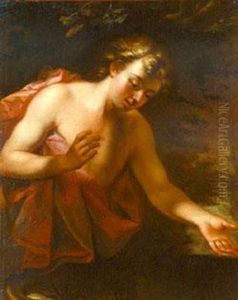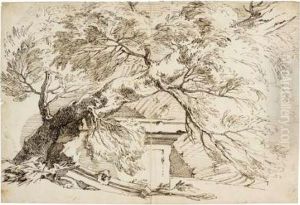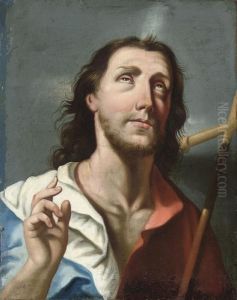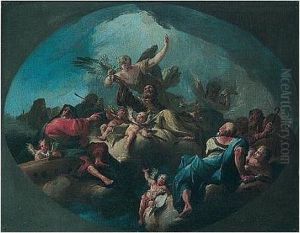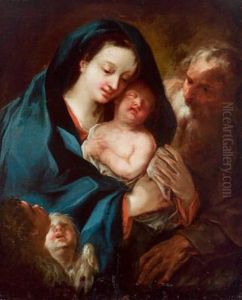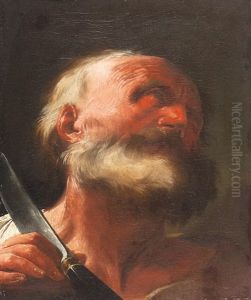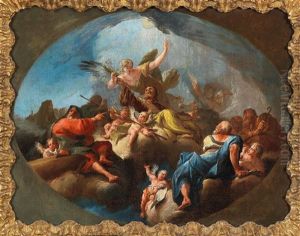Paul Troger Paintings
Paul Troger was an Austrian painter, draughtsman, and printmaker of the late Baroque period. Born on October 30, 1698, in Welsberg, Tyrol, he became one of the most important and influential Central European artists of his time. Troger’s artistic education began in Vienna, where he was initially taught by his uncle, the painter Christoph Tausch. He later traveled to Italy and was particularly influenced by the Venetian painters, notably the dramatic chiaroscuro and dynamic compositions of Piazzetta and the grandiosity of Tiepolo.
Troger's work is characterized by a vibrant use of color and a dynamic composition style that blended the rich traditions of Austrian Baroque with the lightness and drama of Italian painting. He was especially skilled in fresco painting, a medium in which he produced many of his masterpieces. His frescoes often featured biblical and mythological scenes, and he was celebrated for his ability to convey the spiritual intensity and the theatricality of these subjects.
After his Italian sojourn, Troger returned to Austria and worked primarily in monasteries and churches. Among his most famous works are the ceiling frescoes in the library of the Melk Abbey and the Karlskirche in Vienna. His artistic legacy includes a large number of religious compositions, altarpieces, and ceiling frescoes that adorn buildings across Austria and southern Germany.
Troger's influence extended beyond his immediate geographical area, as his style was disseminated through his many pupils. His teaching at the Vienna Academy of Fine Arts contributed to the spread of his stylistic principles. Paul Troger’s contribution to the art of fresco painting and his synthesis of Northern and Southern European artistic elements make him a significant figure in the development of late Baroque art in Central Europe.
Paul Troger died on July 20, 1762, in Vienna. His works continue to be studied and admired for their artistic vitality and their role in the progression of European art history.
